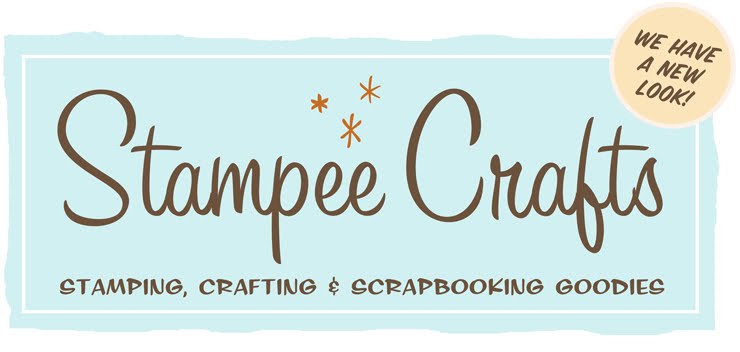As I was looking through some embossing tutorials on other crafting sites, I rarely found the basic information that would allow users to get the best possible raise on their embossed images, so I sat down with my grandpa and we had a little chat. Well, actually, he just handed me a dvd he made of himself explaining how to do thermography....but I watched it!
 |
| gold embossing powder in a standard granulation |
Here's the "need to know" information:
A great embossed effect is dependent upon 7 factors:
1) Kiss impression
2) Good lay down of ink
3) Paper considerations
4) Priming the paper
5) Correct powder size
6) Proper heat
7) Sufficient cooling
Let's get started!
1. Kiss impression: The first concept is that when you stamp an image down, you want the ink to be riding high on top of the paper. The first mistake you can make is to apply so much pressure to your paper when you stamp that you actually make an impression in the stock. This results in the ink being slightly below the surface of the paper when it's applied, and that's no good! Be gentle, ladies.
2. Good lay down of ink: Before you even take the lid off that ink pad, make sure you're using an embossable ink. These include pigment and watermarking inks. They're formulated to dry very slowly, allowing you time to apply the embossing powder.
When you've got the correct ink, make sure you ink up your stamp until it's squishy (you'll know it when you feel it.) The ink acts as your adhesive for the powder, so don't skimp here.
Stamp your image and make sure it's solid. Any areas of lightness won't hold powder.
3. Paper considerations: To achieve a great raise, the best papers to use are: fine woven, sized, and coated stocks. Basically, we're looking for a paper that's not going to absorb all the powder when it's in liquid form. We want the liquid powder to wick into the paper, but only slightly, just enough to create a bond between the powder and the paper. Loose weave papers have a tendency to soak up all of the wet powder, making them less than ideal.
4. Priming the paper: So, you've picked out an ideal paper to emboss. Great! But now you have to make sure it's not full of moisture. If you've embossed a larger image area before and noticed the finished product looked lumpy, like an orange peel (industry term), this was caused by steam being released from the paper while you were melting the embossing powder. Here's a quick fix: Use a drying powder, like Stampee's Dry it Up! pre-embossing powder, on your stock before stamping your image. You just sprinkle it on, shake it around, and tap it off, then return the powder to its jar. This will dry your sheet and remove static, eliminating the dreaded orange peel and runaway pieces of powder that get stuck to your non-image areas. Hooray!
5. Correct powder size: Have you ever tried to create an embossed image and it came out gritty instead of smooth and shiny? Or maybe you were embossing an image you stamped only to find the embossing powder spilling over the sides and filling in some of the smaller details of your image after it had been heated. Don't worry, it's not just you. :)
Here's the scoop: Embossing powders are made in different granulation sizes. The most common and versatile powder is a #14 granulation, and that's what you usually find as your standard crafting embossing powder.
If you're using this powder to emboss an image and the finished product is gritty (this may happen over large solid image areas), the powder granulation size is probably too small.
If the melted powder is overflowing off of your image area and clogging up small details in your image, your granulation size is too large.
Luckily, you can purchase clear embossing powders from your crafting supplier in a few granulation sizes. Make sure to keep standard, coarse, and fine line powders on hand so you can always get the perfect raise! Now you know what to look for, so no excuses.
6. Proper heat: Common problems occur when too much heat is applied. If you've heated too long and you notice your image start to drop, turn your sheet over and you'll frequently see your image is coming through on the other side. You have completely liquified the powder by using too much heat. Sorry, this one's operator error.
Conversely, not using enough heat will prevent you from getting that high, glossy raise. So go ahead and heat until you hit that point, and then PUT THE HEAT GUN DOWN.
7. Proper cooling: This one is simple. Don't touch your embossed image with anything until it's completely cool. This will allow it to set, keeping it perfect.
There you have it. A lengthy and detailed tutorial about embossing!
Oh, and by the way, my grandpa's in his eighties and still manufacturing thermography machines. :)
♥Stacey

No comments:
Post a Comment